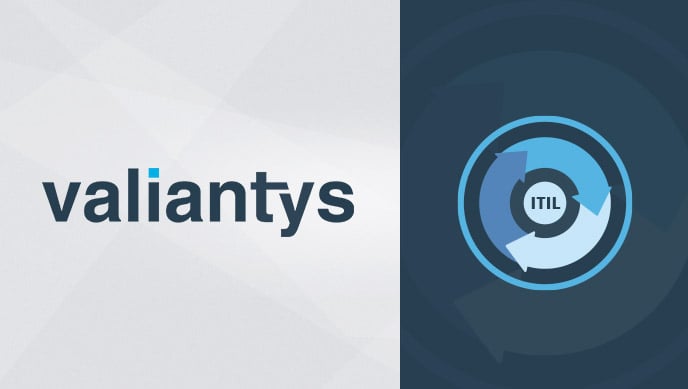ITIL, or Information Technology Infrastructure Library, is a set of widely accepted best practices for approaching IT Service Management (ITSM). Drawn from both public and private sectors, it focuses on aligning IT services with business needs through getting people, processes and tools on the same playing field.
As such, ITIL is a flexible framework which should be adapted to your business rather than a ridge process to be implemented. ITIL is a huge topic, so as a result of not fully understanding the concept, it’s common for adopters to make mistakes on how it should be used, and they misunderstand the scale to which it will improve IT services and support.
ITIL is not a one size fits all, so unfortunately we can’t give you the keys to success in this article. However, here are some pointers to keep you from veering too far off the right path.
Not having a clear idea of ITIL
It is worth repeating: ITIL is a framework of best practices.
It is not a standard to be measured. It doesn’t mean much to say an organization or a tool is “ITIL-compliant”, as ITIL is merely a composition of guidelines. It’s all about identifying what works for your organization and customize ITIL to meet your needs. This will depend on your customers, and what needs to be done to keep them informed and happy by adding value to the organization, products, and services offered. ITIL is not a vision, but it’s an approach to get to your vision. It is important that all stakeholders are fully onboard with what you are trying to achieve with your framework.
We recommend investing in ITIL training to build a common understanding between your teams. If you are an enterprise, it could be helpful to hire an external ITSM partner/expert to help you navigate around organizational politics and coach your team towards a successful ITSM journey.
Expecting ITIL to do everything immediately
Adopting ITIL best practices will not automatically improve everything that goes wrong related to IT service delivery and support – especially in the early stages of its adoption. ITIL helps organizations commit to a service delivery model which is clear and transparent using the service lifecycle. ITIL documents 26 processes, which you might want to consider gradually adopting the processes that matter to your organizational needs. Traditionally organizations start with one of these activities, especially if they want to address common ITSM and IT management issues:
• Incident and problem management
• Incident and change management
• Change and configuration management
Your processes should drive the tool, not the other way around. Jira Service Desk provides out-of-the-box processes to get you started quickly, but you’ll probably need to improve your processes along your ITSM journey. We recommend using simple processes to facilitate user adoption.
Positioning ITIL as an ad-hoc, one-shot solution
Teams must understand that ITIL is about following guidelines for improving IT and business operations, and this requires a certain level of dedication to the trial and error. ITIL is a library of proven set of methods that aid to improve productivity, speed of innovation, and customer satisfaction in order to reduce costs, risks, and business-debilitating IT issues. It’s not about implementing ITIL as a “final” solution or one-off ITIL project, but an ongoing, continual improvement of processes to effectively and efficiently create higher value.
It is key to keep your people, processes, tools connected and informed to make your ITSM journey smooth. Team collaboration and knowledge sharing is of the utmost importance. On the tool side of the business, Jira Service Desk natively integrates with Confluence for easier documentation.
Thinking ITIL and ITSM is the same thing
There is a lot of overlap between ITIL and ITSM, which is easy to understand as ITIL is the de facto ITSM framework.
Here is an easy way to differentiate the two: ITSM is your “cake” and defines the “what” in your service management journey. ITIL is your “recipe” and defines the “how.” Based on the type and size of your organization, you should choose the right recipe for positive results.
It is worth noting that ITIL is far from the only framework available. Other proven frameworks in the industry include COBIT, TOGAF , USMBOK. These can be used one their own or as a complement to ITIL.
It is important to define an adoption policy and governance, and monitor the failures and success of your ITSM journey. We advise preparing a check-list to collect feedback and measure the success rate.
Underestimating the human effort in making ITIL successful
Respecting the level of resources and commitment needed to successfully adopt ITIL is key because, as with any project, insufficient effort will negatively impact the expected ROI. This includes underestimating the effort ITIL will require related to organizational changes to people, processes and tools. So for ITIL to be successfully adopted, the continual attention and investment is critical.
Simply put, if you are not ready adapt then you won’t adopt ITIL, and this in itself requires effort. It’s a challenge, but necessary if you want an ITIL framework that actually works.
You can get in touch with Valiantys if you’d want to discuss how to tailor your ITSM experience or customize Jira Service Desk to fit your organization’s ITIL adoption journey.
Talk to us



